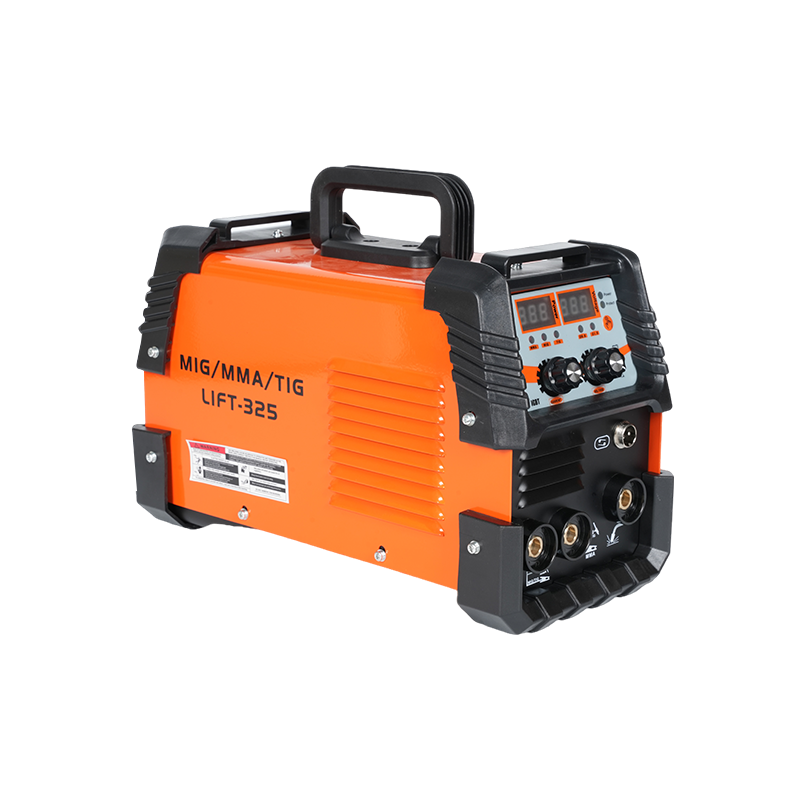The versatility of an electric welding machine is demonstrated through its ability to support multiple welding processes, each suited to specific materials and applications. The two most prevalent methods, Shielded Metal Arc Welding (SMAW) and Gas Metal Arc Welding (GMAW), utilize the same fundamental equipment but differ significantly in their execution and requirements. Understanding how a single electric welding machine can be adapted for these processes highlights its critical role as the power source for diverse metal joining tasks, from heavy-duty repair to precision fabrication on thinner materials.
In the SMAW process, the electric welding machine provides a constant current output. It uses a consumable electrode, or "stick," which is coated in a flux material. As the arc melts the electrode, the flux coating vaporizes, creating a shielding gas that protects the molten weld pool from atmospheric contamination. The constant current output of the electric welding machine is crucial here, as it helps maintain a consistent arc length even if the operator's hand varies slightly in distance from the workpiece. This makes the process relatively forgiving and highly effective for outdoor work or in windy conditions where gas shielding might be disrupted. The simplicity of the equipment—requiring only the electric welding machine, electrode holder, and ground clamp—contributes to its enduring popularity for maintenance, repair, and construction.
Conversely, the GMAW process, often known as MIG welding, typically requires an electric welding machine with a constant voltage output. This setup uses a continuous wire electrode fed automatically through a welding gun by a wire feeder unit. An inert or semi-inert shielding gas, such as argon or a carbon dioxide mixture, is fed through the gun nozzle to protect the weld area. The constant voltage characteristic of the electric welding machine means it responds to changes in the distance between the contact tip and the workpiece by varying the wire melt-off rate and amperage, helping to maintain a stable arc. This process, enabled by a capable electric welding machine, is known for its high deposition rates, clean welds with minimal spatter, and ease of use, making it a primary choice for fabrication shops and automotive applications. The ability of a modern multi-process electric welding machine to switch between these output characteristics makes it an incredibly adaptable and valuable piece of equipment.
